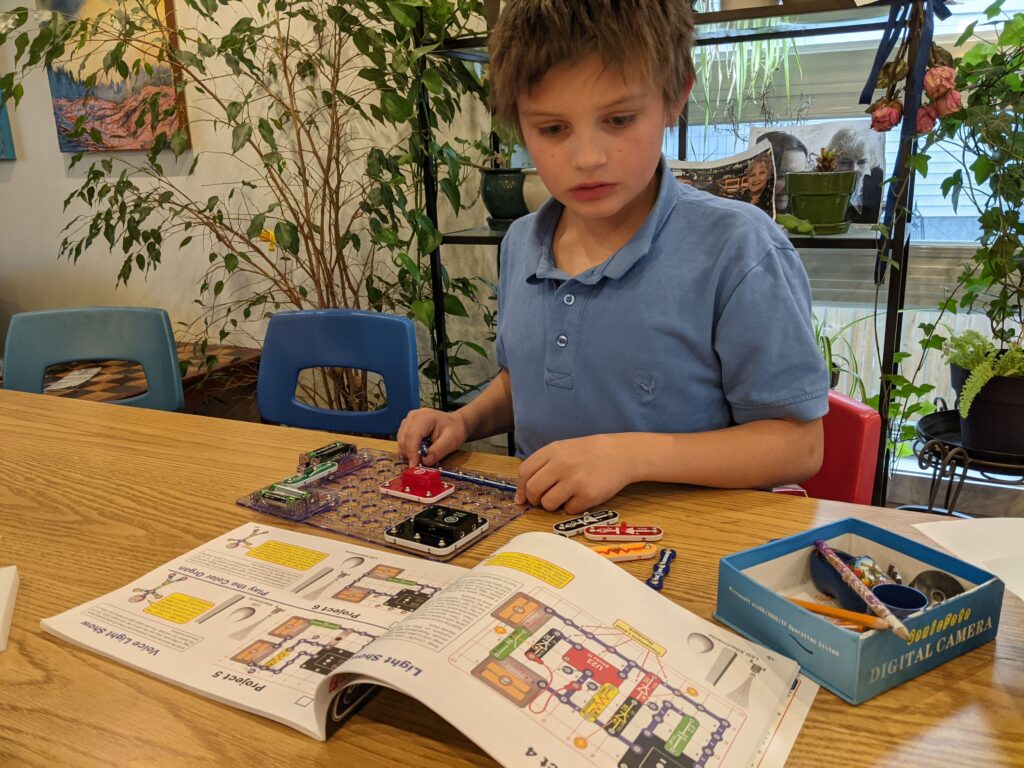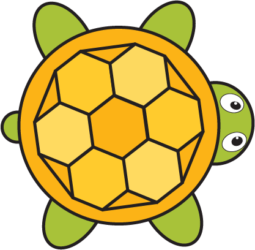
Overarching Question:
How do students learn and teachers teach STEM with multiple representations?
Abstract:
Learning and teaching with multiple representations can result in a deeper understanding of a concept. Scientific conceptions are made up of many components intertwined together, and it is often impossible to separate them. Learners must take all these pieces as a whole, and this often overburdens their conscious capacities. In my previous research, using Sweller’s Cognitive Load Theory as the theoretical foundation, I explored how drawing and using diagrams can improve the learning of these complex and abstract notions. The greatest insight from this research was that learning with representations is not as straightforward as one might think, and that prior knowledge of the learner is an important consideration. Furthermore, according to Ainsworth (2018) there seems to be a significant lack of research on teachers using representations in their classrooms. To fill this research gap, future studies should focus on how teachers teach with and teach about multiple representations to best support learners. Therefore, the purpose of this scholarly discussion paper will be to investigate, summarize, and analyze the current research on both learning and teaching with visual representations in complex domains such as science and mathematics. “The future is multi representational.” (Ainsworth, 2018) With ongoing technological advancements and the increasingly complex science models, people will no doubt continue to use multiple representations to support their thinking. Best learning and teaching practices with multiple representations should be at the forefront of learning sciences.
Research Topics and Theories of Interest:
- Learning and Teaching with Visual Representations
- Learning and Teaching STEM
- Multiple Representational Learning
- Multimedia and Learning
- Cognitive Load Theory
- Expertise Research
- Communities of Practice
- Variation Theory
Other Related Fields:
cognitive psychology: the branch of psychology that explores the operation of mental processes related to perceiving, attending, thinking, language, and memory, mainly through inferences from behavior (APA, 2022).
semiotics: the study of verbal and nonverbal signs and of the ways in which they communicate meaning within particular sign systems. Unlike semantics, which restricts itself to the meanings expressed in language, semiotics is concerned with human symbolic activity generally (APA, 2022).
artificial intelligence (AI): a subdiscipline of computer science that aims to produce programs that simulate human intelligence (APA, 2022).
cognitive neuroscience: a branch of neuroscience and biological psychology that focuses on the neural mechanisms of cognition. Although overlapping with the study of the mind in cognitive psychology, cognitive neuroscience, with its grounding in such areas as experimental psychology, neurobiology, brain imaging techniques, physics, and mathematics, is more concerned with the specific neural mechanisms by which mental processes occur in the brain; the two perspectives continually exert significant influence on each other (APA, 2022).
References:
APA. (2022). APA Dictionary of Psychology. Apa.org. https://dictionary.apa.org/

